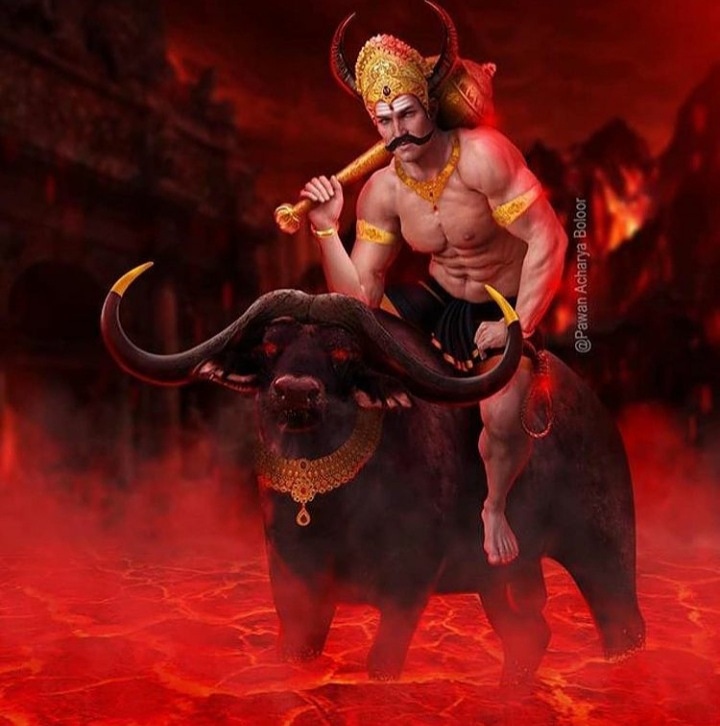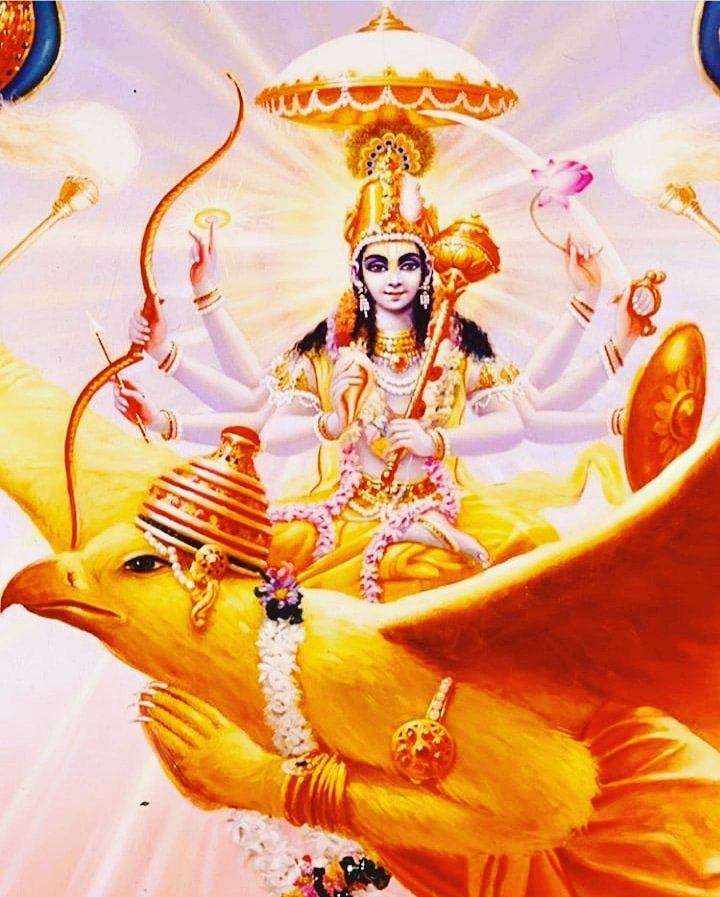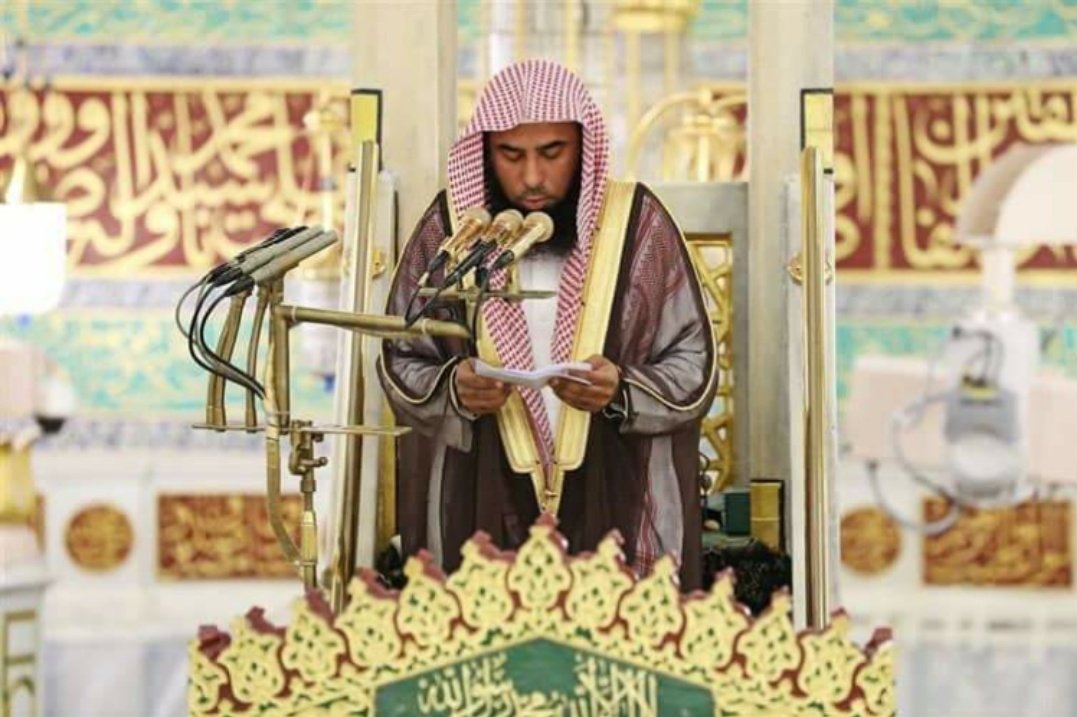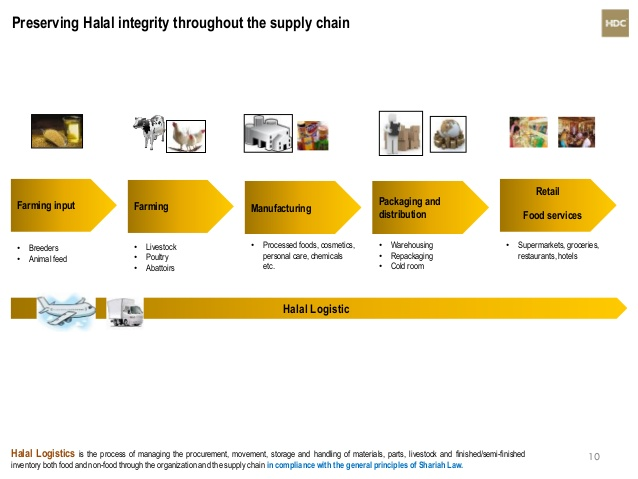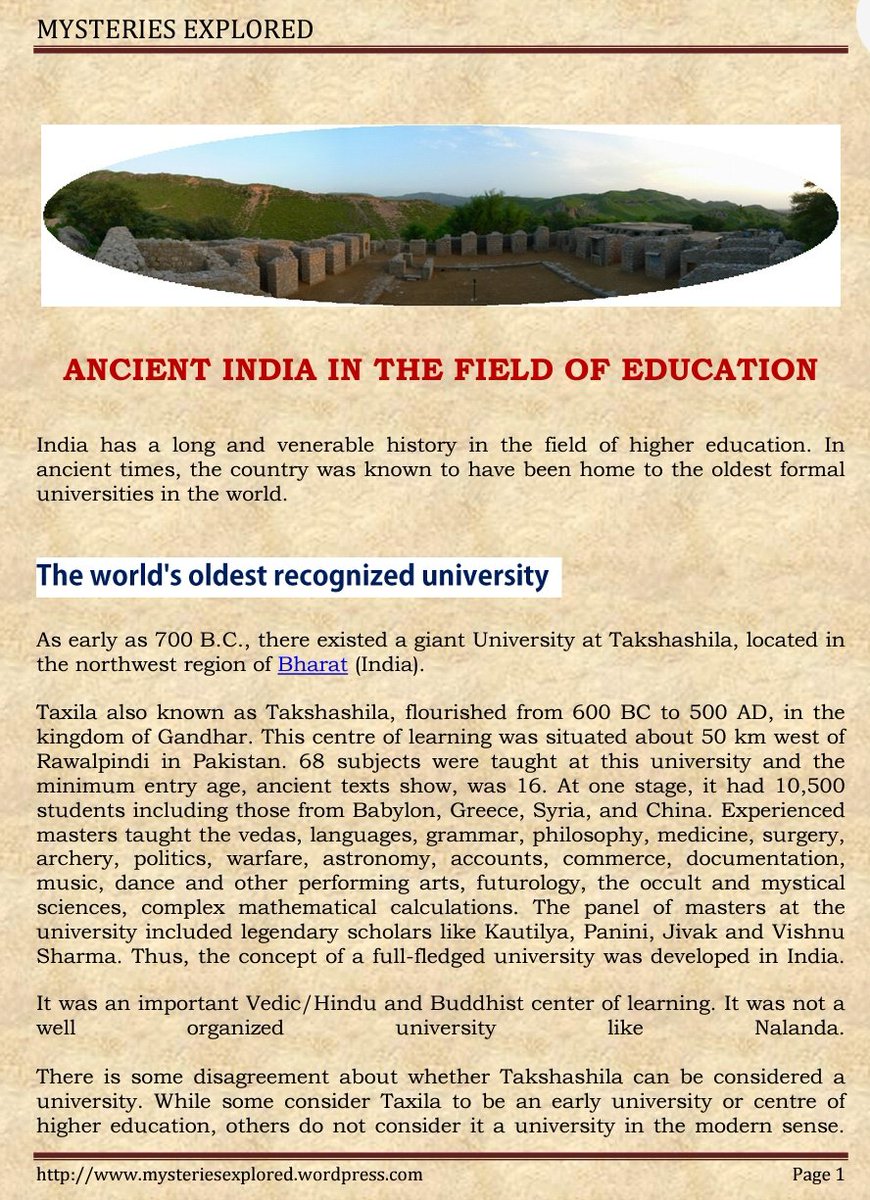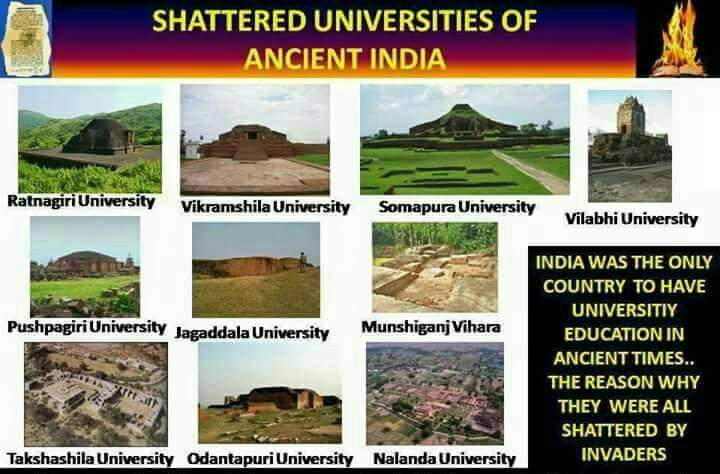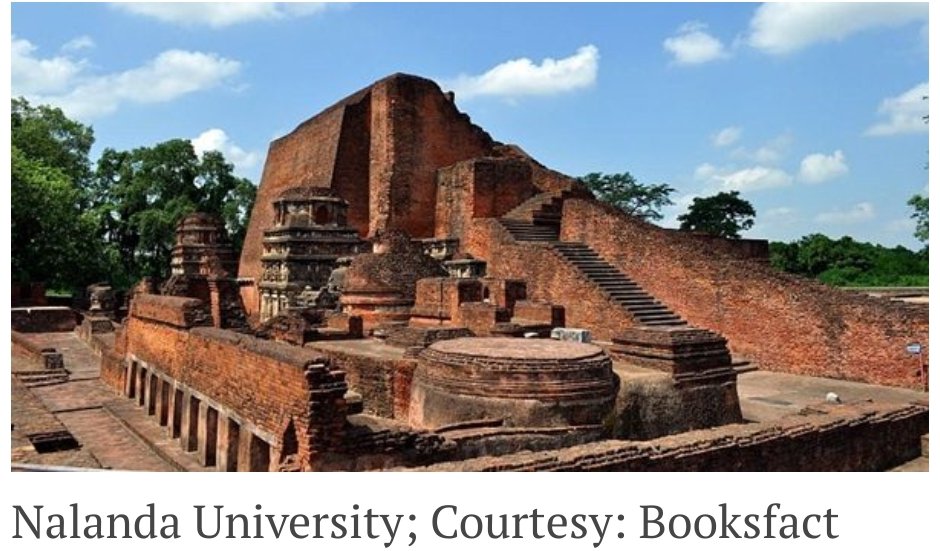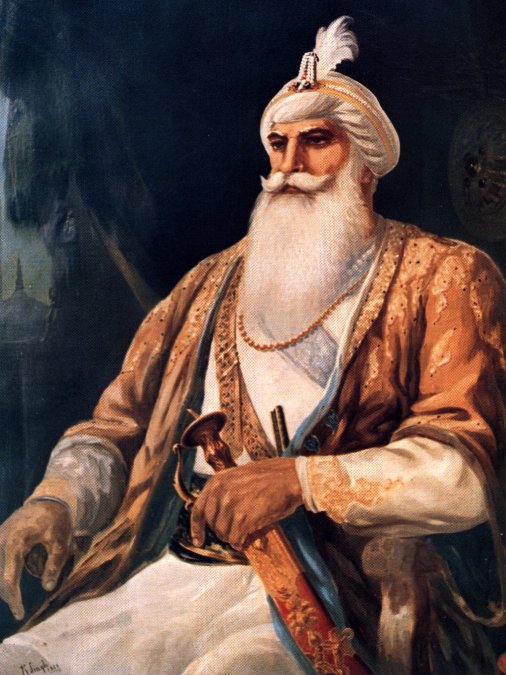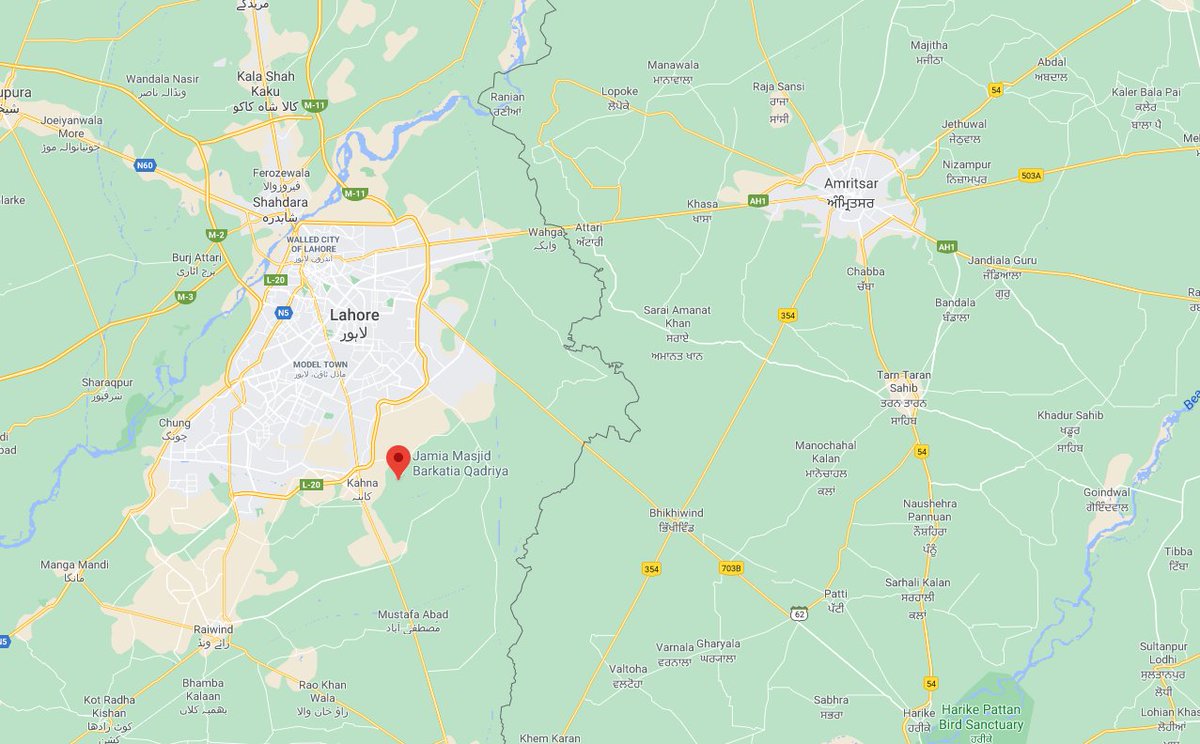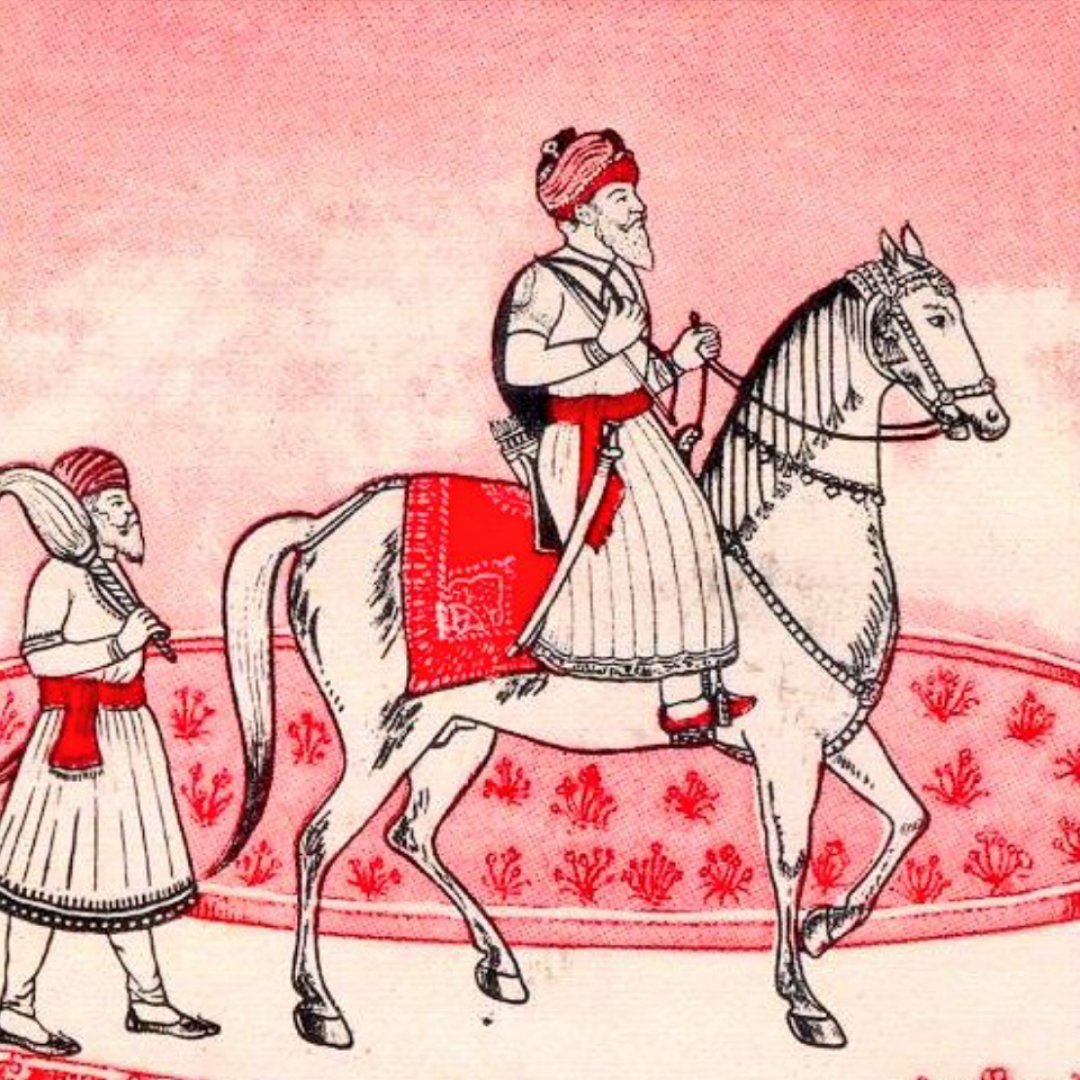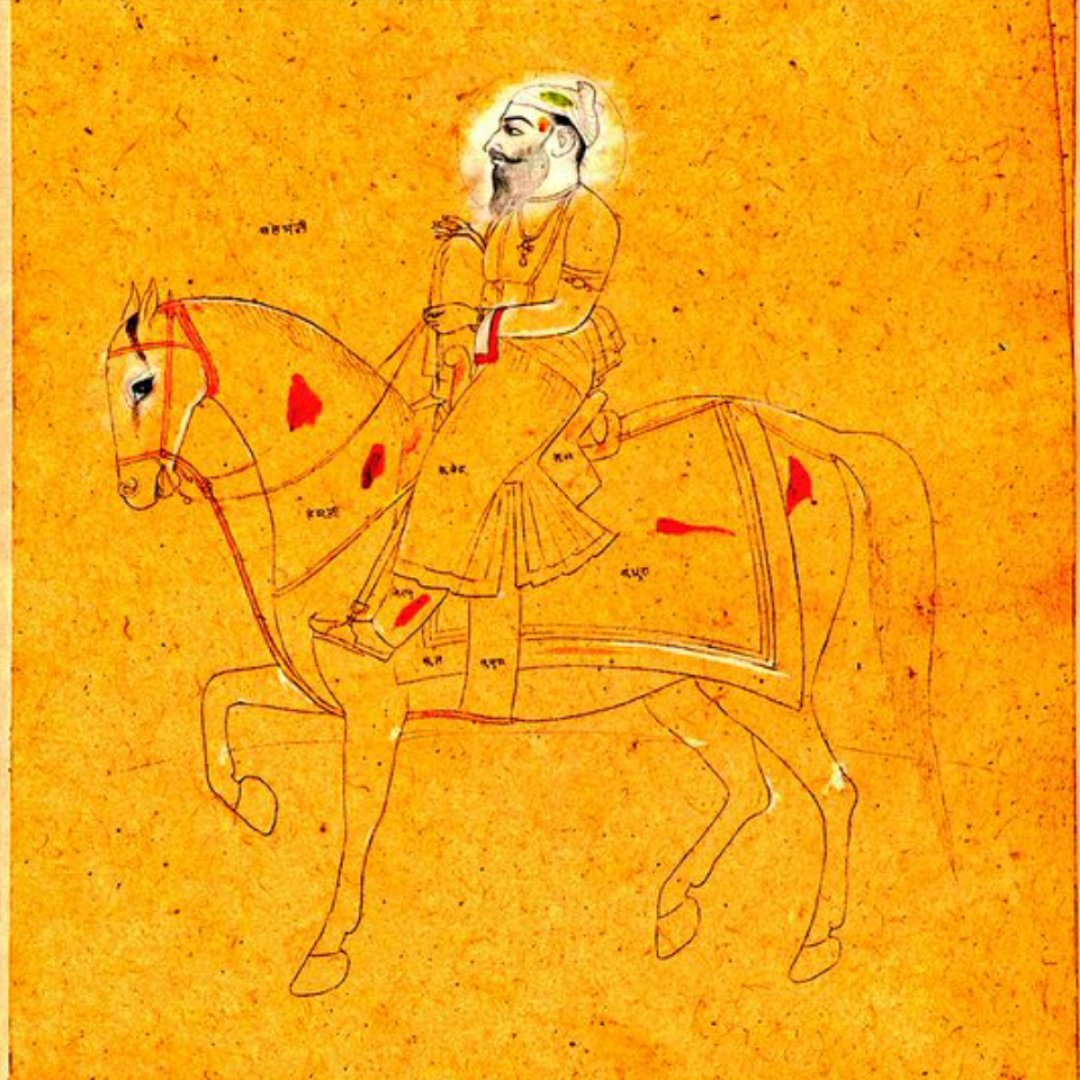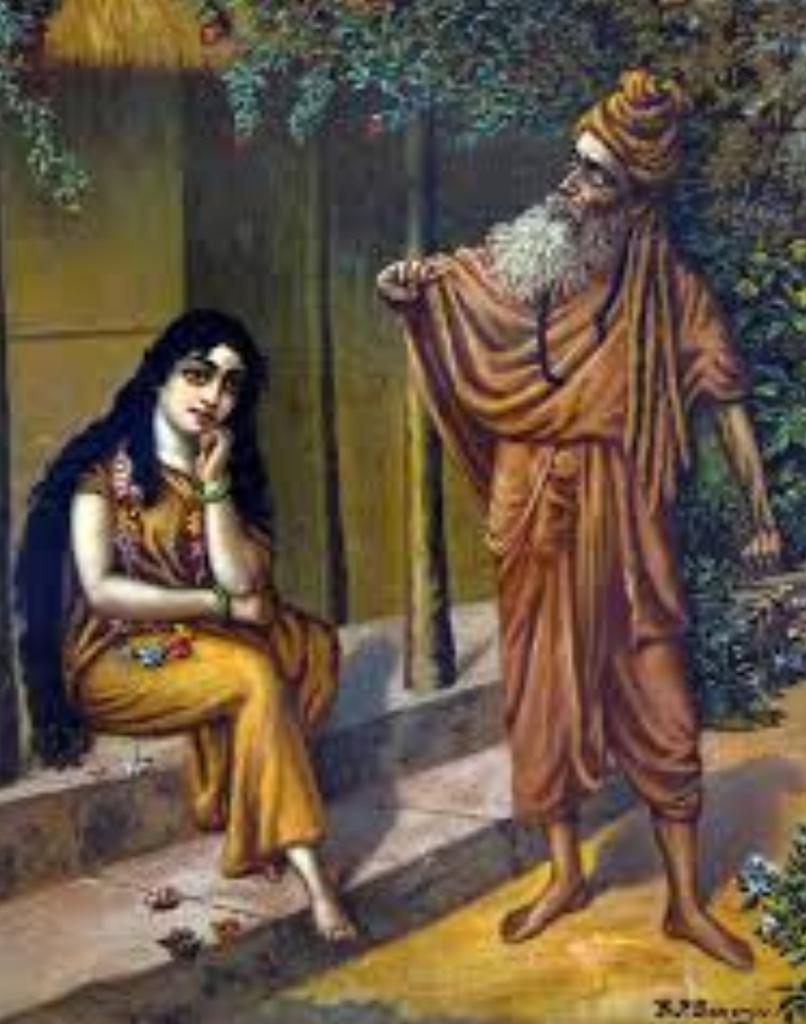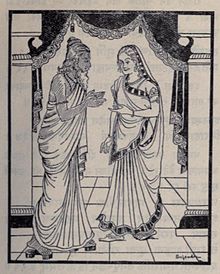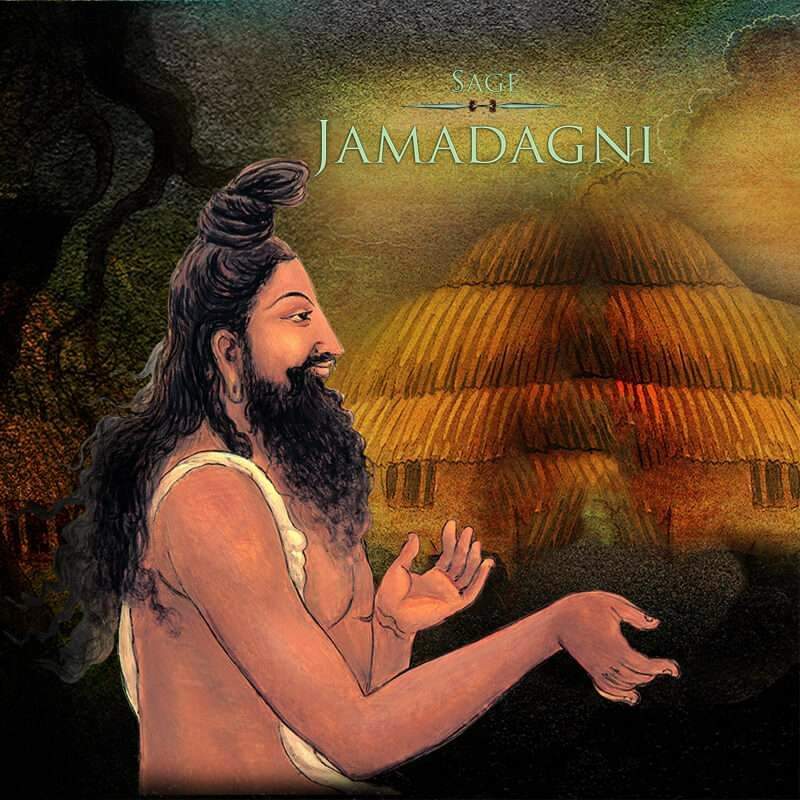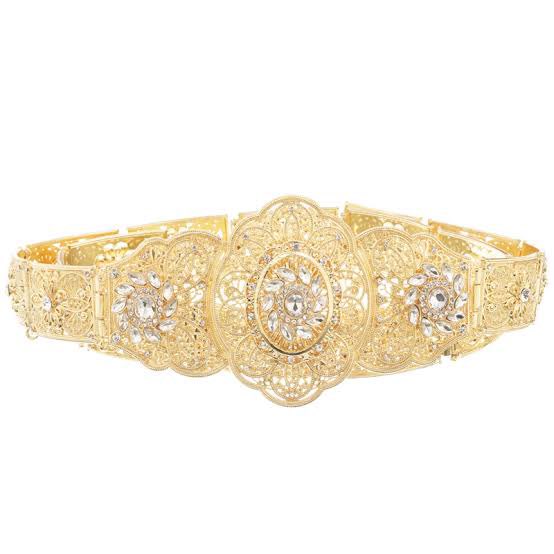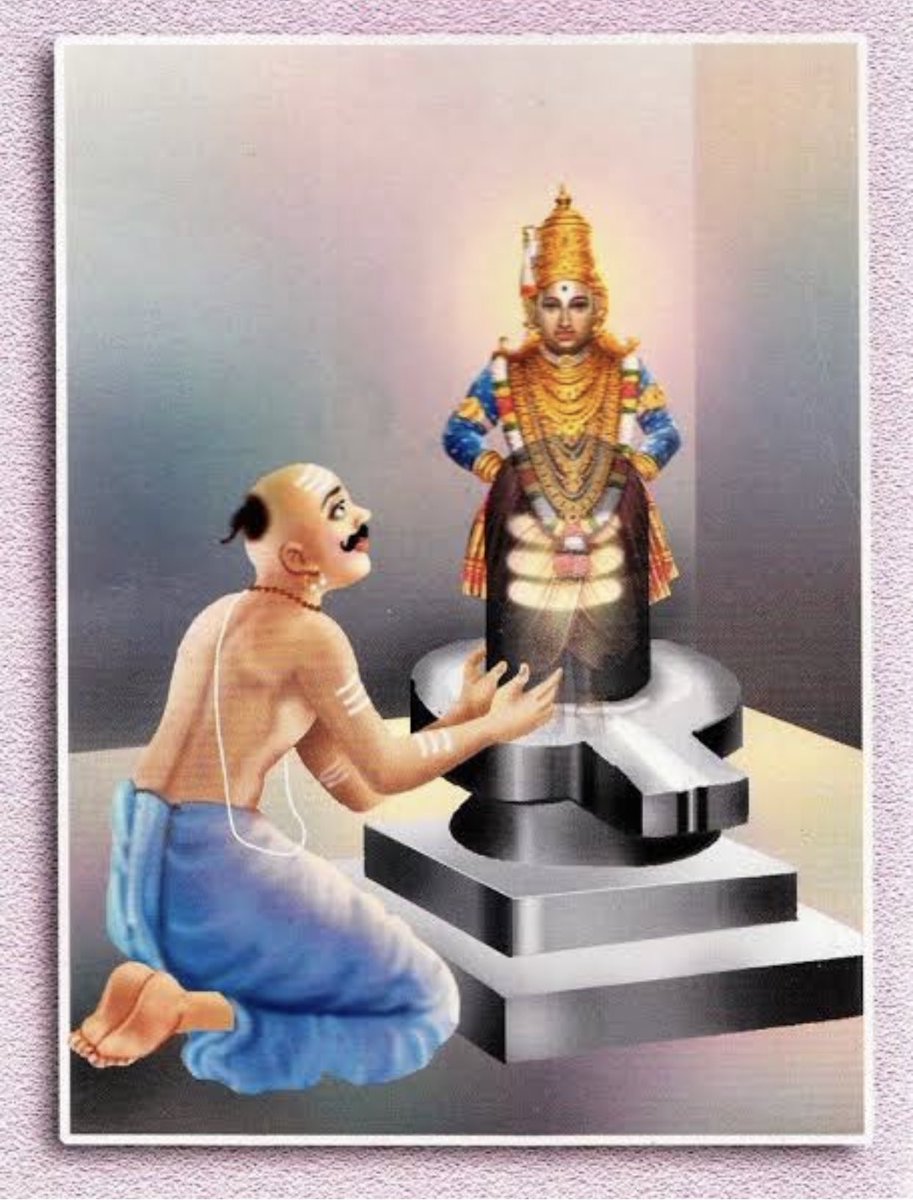In Brahm Puran, Brahma preached this to Marichi. So this Puran of ten thousand shlokas is called Brahm Puran.
STORY OF PURANAS AND SUB PURANA (उप पुराण).
We have already gone through the series on importance & characteristics of all the eighteen Purans. We also know that originally there were hundred crore shlokas but were divided by Vyas in each Kalp and was compiled as eighteen Purans
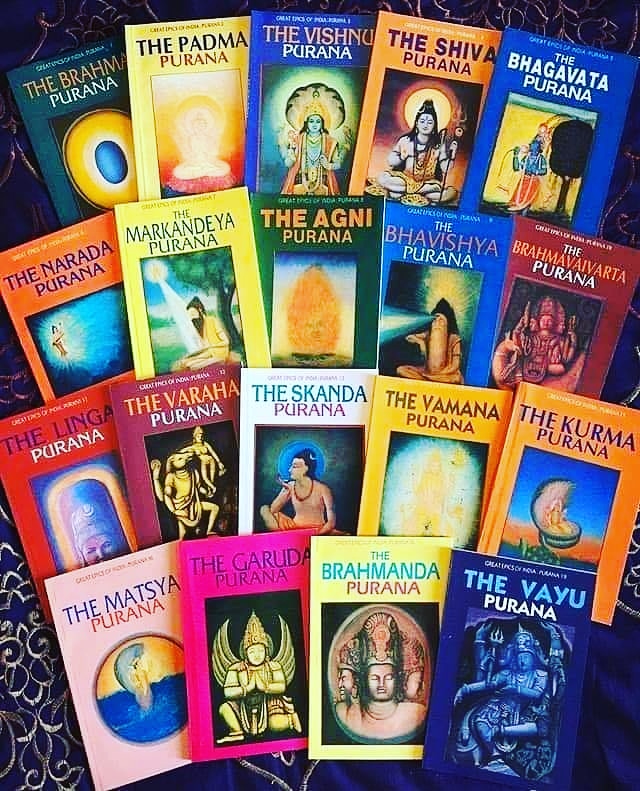
In Brahm Puran, Brahma preached this to Marichi. So this Puran of ten thousand shlokas is called Brahm Puran.
Vishnu Puran is primarily based in Varah kalp. This book is on Vishnu and this book has twenty three thousand shlokas.
In Bhagwat Puran, which is written with the base of Gayatri mantra describes Dharma extensively. It has 18000 shlokas. It also mentions the story of Vritrasur.
Markandeya Puran has nine thousand shlokas and here it is through the birds that Dharma is described.
In Bhavishya Puran, based in Aghor Kalp, Brahma preaches to Manu about the importance of Surya and foresees the future or bhavishya happenings. It has 14500 shlokas.
In Vamaan Puran Brahma describes the importance of Trivikrampur through Dharma, Arth and Kaam. It has ten thousand shlokas.
In Matsya Puran, in the very beginning, Bhagwan in the form of Matsya/fish encourages the Rishis,
Garud Puran describes the origin of Universe as told by Vishnu to Garud. Based in Garud Kalp, this book has 18000 shlokas.
In Brahmand Puran Brahma describes the future Kalps. It has twelve thousand shlokas.
The Sub Purans are as follows
Sanat Kumar
Narsingh
Skand
Nandishwar
Durvaasa
Narad
Kapil
Manu
Ushna
Brahmand
Varun
Kalika
Maheshwar
Saamb
Saur
Parashar
Marichi
Bhargav
So this way we get to know the importance of some in these sub purans.
Instagram link 👇
https://t.co/pidcghlLSe
Facebook link👇
https://t.co/EVyZz1frHQ
https://t.co/A6sXofFJZC
#THREAD
— Anshul Pandey (@Anshulspiritual) January 10, 2021
PURANAS.
SO I HAVE INCLUDED ALL THE PURANAS IMPORTANCE AND CHARACTERISTICS
From BRAMHA PURAN to BRAHMANDA PURAN
This thread is for those ppl who missed my PURAN series. All the Puranas are included in the below thread.
So lets start..... pic.twitter.com/4R9myViMn7
https://t.co/emKZTtHNw9

